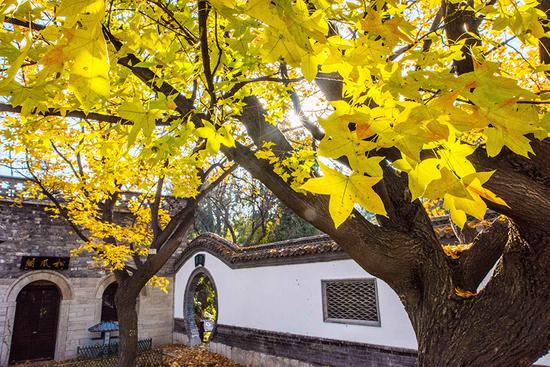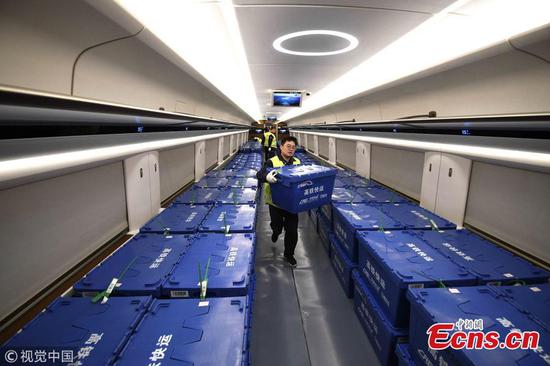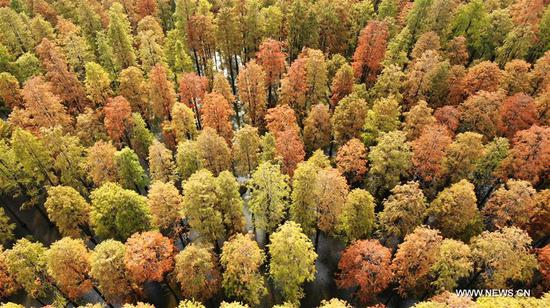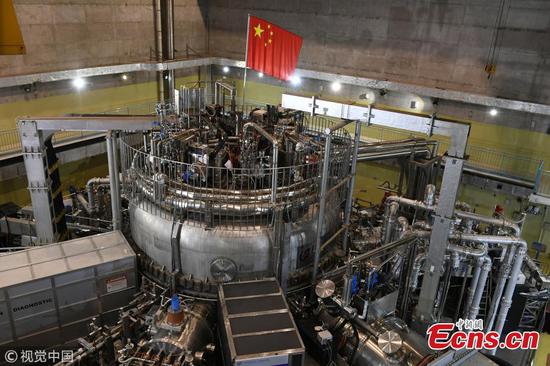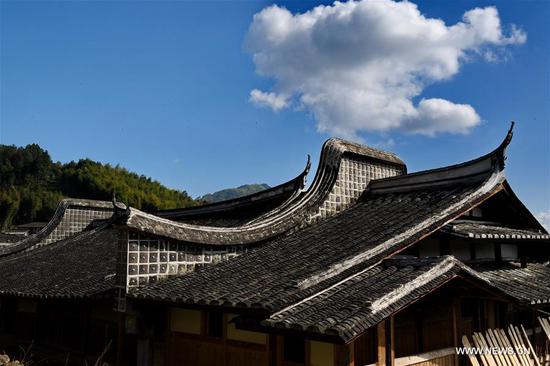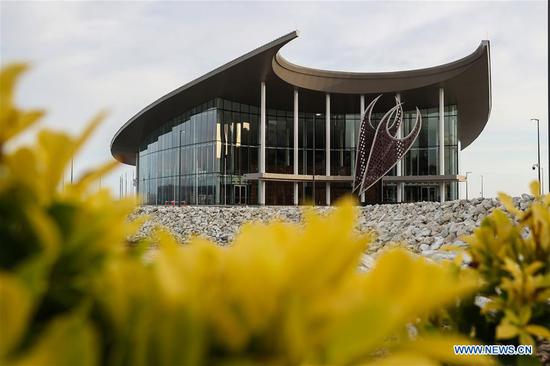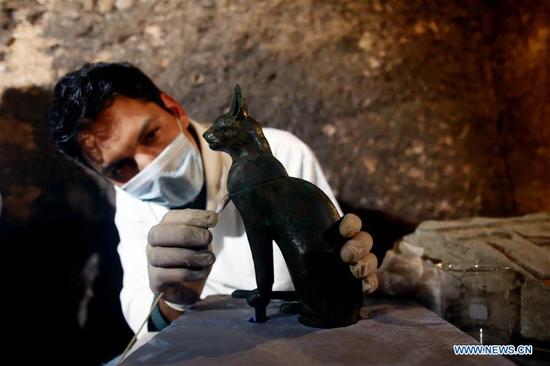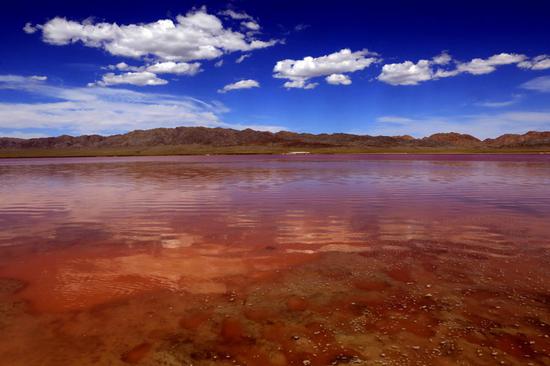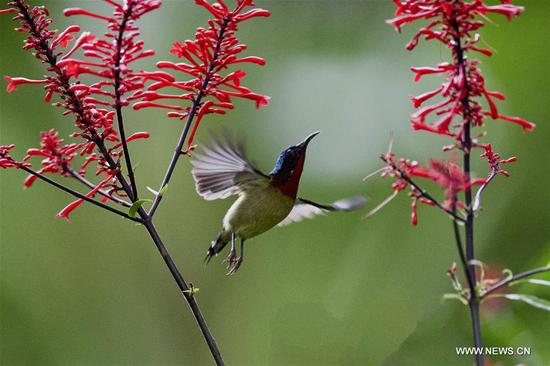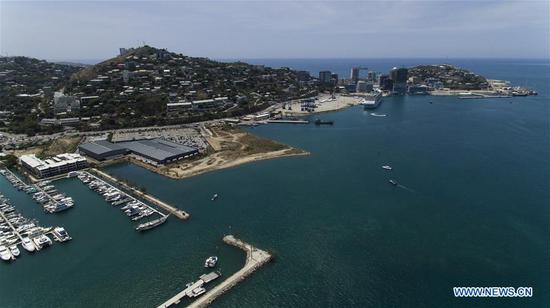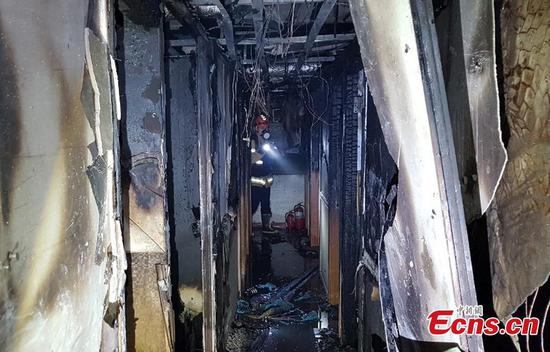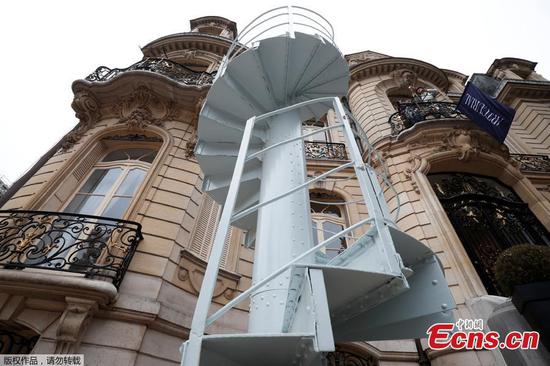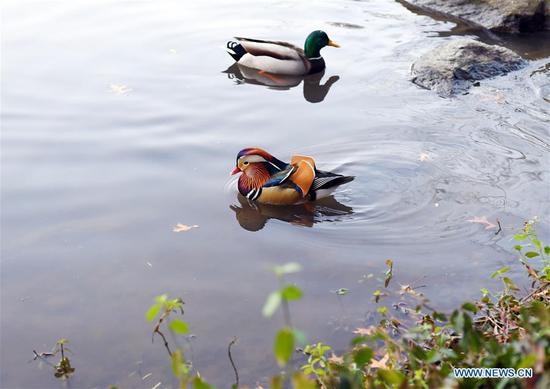Efforts to save the critically endangered Yangtze finless porpoise in eastern China have been threatened by unapproved changes to protected habitats, a high-level environmental inspection has discovered.
A safe zone for the mammal — known in China as the water panda due to its rarity — was first set up in Anqing, Anhui province, in 2007. It covered a total of 806 square kilometers, including the entire main stream of the Yangtze River running through the city, some 243 km.
Yet without central government approval, between November 2015 and June 2017, the Anqing authorities adjusted the zone's size and downgraded the protection level in some areas to allow activities that threaten the porpoise, according to a statement from a high-level inspection team.
The team, which spent five days in the area last week, included officials from the Ministry of Environment and Ecology, the Organizing Committee of the Communist Party of China Central Committee, and the Central Commission for Discipline Inspection, the top anti-corruption watchdog.
One document from 2015, for example, reduced the protected areas to 552 sq km and left it covering only 152 km of the Yangtze's main stream, the statement said.
Inspectors found the protection levels of two foraging areas were downgraded in 2016, with the areas entirely removed from the zone a year later. More than 10 wharves, including one handling hazardous chemicals, were opened along the 2-km section of the Yangtze that separates the foraging areas.
Other illegal projects included three anchorage grounds in waters frequented by the porpoise, resulting in a direct threat to the animal's survival, while four of the 18 sewage outlets inside the protected area were constructed without approval, the statement said.










